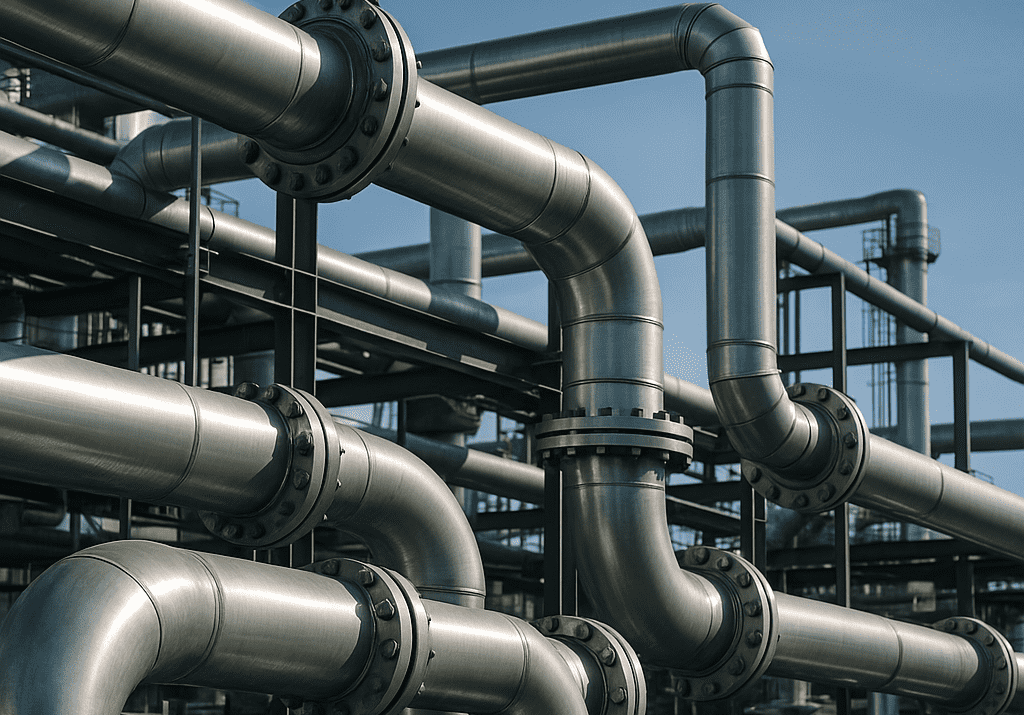Effective Technologies for Floating Trash Removal

Floating trash, often seen drifting across rivers, lakes, and oceans, is a visible reminder of human impact on water bodies. Plastics, packaging waste, and other non-biodegradable materials not only affect the natural beauty of aquatic ecosystems but also pose serious threats to marine life, clog infrastructure, and create direct challenges for industries, municipalities, and communities that rely on clean water.
Removing floating trash requires a blend of preventive barriers and collection systems, each suited to specific site conditions and debris loads. The most effective technologies are:
Boom Barriers: First Line of Defence
Containment: Boom barriers form a physical line of defence across water surfaces. They float on the surface while maintaining a submerged skirt that blocks debris beneath, ensuring that even semi-submerged trash like plastics, vegetation, or driftwood—is effectively trapped.
Debris Retrieval: Strategically placed boom barriers channel floating debris toward collection points, making removal more efficient for skimmer boats or automated systems. This integration speeds up the cleanup process and enhances overall trash management effectiveness.
Floating Trash Traps
Floating trash traps are passive yet highly efficient systems used to capture and hold debris in rivers, canals, and harbours before it spreads into larger water bodies. Installed at locations where water naturally converges—such as stormwater outlets or harbour entrances—these traps intercept large volumes of waste with minimal disruption.
They rely on the natural water flow and wind direction to function effectively. The traps are positioned against the flow of the current, guiding floating debris into a containment area—such as a net, cage, or floating chamber—while allowing water to pass through freely. Often supported by boom barriers, these traps safely retain debris without harming aquatic life, offering a reliable and low-maintenance solution for floating waste control.
Mechanical Scrapers and Conveyors
Scrapers are mechanical systems engineered to remove floating debris from water surfaces, especially in canals, rivers, or near water intake points. These systems typically consist of moving belts, rakes, or comb-like mechanisms that sweep across the surface either continuously or at intervals.
As the debris is captured, it is transferred onto a conveyor or collection platform and deposited into bins for disposal. Scrapers can be manual, semi-automatic, or fully automated depending on the operational scale. They are especially valuable in high-flow or heavily polluted zones where routine manual removal is impractical. In addition to reducing labour, scrapers help protect infrastructure, extend equipment lifespan, and maintain cleaner waterways.
Mechanical Bar Screens: Protecting Inlets and Infrastructure
Mechanical bar screens are crucial in intercepting floating trash at the entry points of treatment plants, pumping stations, and industrial water systems. These screens consist of closely spaced vertical bars that trap large debris like plastic bags, bottles, branches, and packaging material, preventing them from entering sensitive equipment downstream. As trash accumulates, rake mechanism periodically lifts and removes it from the screen surface, depositing it into a collection bin or conveyor system. This prevents blockages, reduces equipment wear, and ensures smooth operation of downstream systems.
Effective floating trash removal relies on a combination of smart, site-specific technologies. Floating boom barriers serve as the first line of control, intercepting debris before it spreads. Trash traps offer passive collection at critical high-flow points, enabling easy removal with minimal effort. Mechanical scrapers and conveyors provide an active approach in heavy-debris zones by continuously lifting and transferring trash for disposal. Mechanical bar screens act as a critical first stage of defence at infrastructure entry points, complementing other technologies like boom barriers and scrapers for complete floating trash management.
Together, these technologies help protect water quality, reduce operational challenges, and contribute to long-term environmental sustainability.
Frequently Asked Questions
Q.1 How often should scrapers be inspected and maintained to ensure optimal performance?
A. Scrapers in water treatment should be inspected and maintained at least every 3 to 6 months to ensure optimal performance and prevent operational issues.
Q.2 What technologies are currently being used for floating trash removal?
A. Technologies currently used for floating trash removal include automated skimmer boats, trash traps, conveyor belt systems, and AI-powered aquatic drones.





